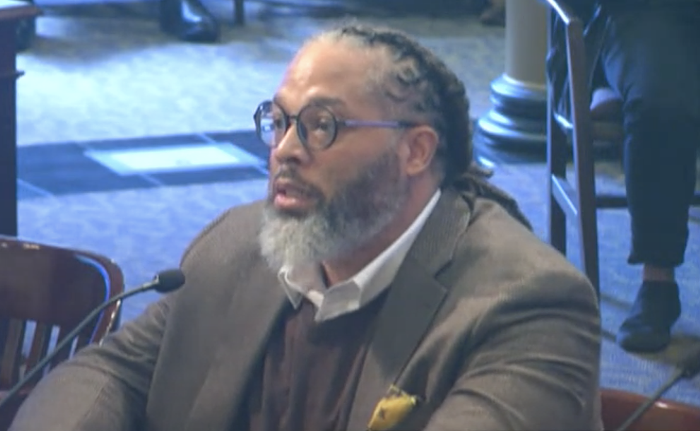During Jack's (not his real name) time as one of the city's 1600 street youth, he contracted Hepatitis C, a ruthless disease that can attack the liver. Although street youth and health experts debate over the exact scope of the blood-borne disease, they agree that Hepatitis C infections among Portland's street youth have grown to epidemic levels over the past five years. Jack says that more than half his friends have contracted Hepatitis C.
One social worker--who puts the figure at one in three street youth as having Hep C--describes the prevalence of the disease as so widespread, it's no longer alarming.
"It's taken as a matter of fact when every third person [is infected]," she explained, "they say, 'this is the culture we live in.'"
Spread by tainted blood--usually by intravenous drug-users sharing needles--Hepatitis C causes flu-like symptoms and fatigue; though rarely immediately fatal, seven of 10 people who contract the disease develop chronic liver problems. Social workers explain that Hepatitis C is particularly harmful to street youth because they lack infrastructure to help them--like a permanent place to rest and recover.
Debbie Heybeck, a nurse practitioner who makes weekly visits to the city's homeless youth shelters, also points out that street youth are more susceptible to the disease because of their mental attitude. "They're in the moment," she says, referring to a common teenage mindset; this sense of invincibility allows the youths to shrug their shoulders to the disease's long-term and chronic symptoms. "They're much more impulsive," she adds.
Although Heybeck does not hazard a guess at the number infected, she believes that contracting Hepatitis C is nearly inevitable for street youth using intravenous drugs. "If you use needles for six months to one year, you have a 98 percent chance [of contracting Hepatitis C]," she offers.
John Duke, who manages the health clinic at the youth homeless shelter Outside-In, is more conservative with his estimates. Even so, he is no less concerned that the disease poses a hard-hitting threat to the city's street youth.
He cites two relatively recent studies about the prevalence of Hepatitis-C. The most comprehensive study was concluded in 1998 by the Oregon Research Institute. Over three years, 600 homeless youth were tested for the virus. It found that nearly 6% of the boys and 4% of the girls carried the disease. Based on his intuitive sense of the disease and the youth that he has seen over the past few years, he felt that the number was a bit low.
"But I also don't think one in three have Hep C," he says. "There is a lot of fear around Hep C; it is a long, slow indeterminate death sentence. Those strong feelings may amplify our perceptions."
Although no additional studies have been conducted since 1998, it's believed that the disease has spread further since then. Duke compares the current level of Hepatitis C among street youth to the AIDS epidemic in the early '80s, which also spread exponentially through interpersonal, intimate contact.
But one critical difference for stopping Hepatitis C, he points out, is the lack of political will and public sympathy to curb the growth of the disease.
"There is a high potential for a dangerous trend," he says. "Recently, there has been less attention given to preventive methods, and the younger generation has grown up surrounded by that mindset."
Duke also points out that street youth lack political clout and the ability to bring attention to their plight. "Primarily, Hep C is among the least effective of self-advocates," he says. "It doesn't have the strong voice that the gay male population did to turn the nation's attention [to the AIDS epidemic]."
In spite of the debate regarding the exact numbers and scope of the disease, all the social workers and medical experts interviewed agreed that the best way to stop the epidemic is to promote needle exchange programs. Currently, Oregon law does not allow minors to participate in programs that permit drug-users to exchange used needles for clean ones.


















